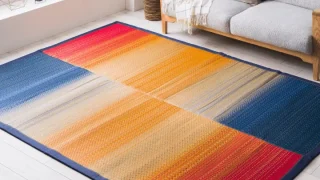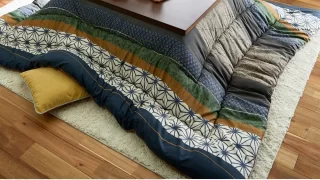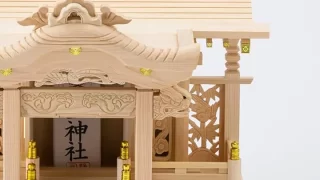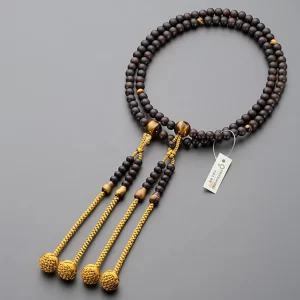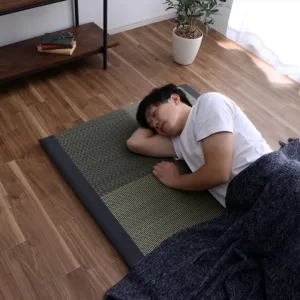What is the difference between Japanese tableware and Western tableware?
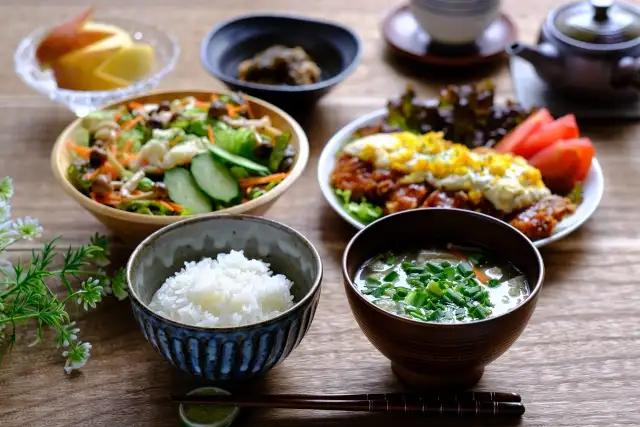
Contents
- 1 "Hold" and "Put" tableware
- 2 The best part of Japanese cuisine is that you can feel the four seasons
- 3 Japanese food style is one soup and three side dishes. Harmony of flavor is the beauty of "Wa"
- 4 A role that is not just “filled” born by being lined up at once
- 5 What are the advantages of pottery and porcelain?
- 6 Are you using an easy-to-use rice bowl?
"Hold" and "Put" tableware
Differences in nature due to habits.
Japanese etiquette is to hold a rice bowl or miso soup bowl while eating.
However, when eating Western food, it is customary to leave the dishes on the table while eating.
Western tableware is large and heavy because you don't have to lift the tableware by hand to eat.
Japanese tableware has various individual differences in shape, size, and weight.
The uniqueness of Japanese tableware is related to the culture of chopsticks.
For example, miso soup is delivered directly to the mouth, so not only the feel of the bowl but also the mouthfeel is important. In addition to the design and quality of the materials used in Japanese tableware, subtle differences in thickness and feel have been devised, giving you a sense of the depth of Japanese spirit.
The best part of Japanese cuisine is that you can feel the four seasons
Japanese cuisine can be proud of the world because it has an aesthetic sense of enjoying the four seasons. Therefore, Japanese tableware is a driving force for expressing the seasons and colors.
It brings depth to food.
Western tableware is mainly white, but dark colors such as black and gray are often used, which is different from Japan.
Japanese food style is one soup and three side dishes. Harmony of flavor is the beauty of "Wa"
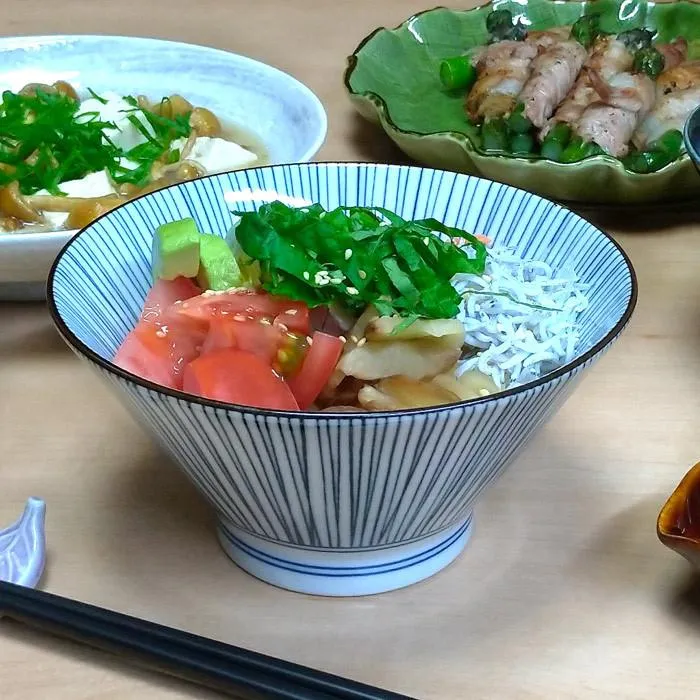
The basics of Japanese cuisine are “one soup and three dishes”.
In addition to rice, the traditional menu consists of soup, a main dish, and two side dishes.
On the other hand, taking French cuisine as an example of Western cuisine, the basic course consists of four dishes (appetizer, soup, main dish, and dessert).
The type of tableware is determined by the composition of the meal.
A simple matching plate is commonly used in a Western-style course.
In the case of Japanese food, on the contrary, you would not use tableware with the same design.
Compared to Western tableware, which creates beauty through unification, the beauty of Japanese tableware lies in harmonizing different tastes such as colors, patterns, shapes, and materials.
A role that is not just “filled” born by being lined up at once
Unlike the Western course, which is served one plate at a time, at the Japanese dining table, the dishes are laid out all at once. Therefore, overall color and balance are important. At this time, Japanese tableware complements not only the food but also each other's tableware. It is very beautiful with the cooperativeness that makes up Japanese culture. Japanese tableware is visually appealing because each piece of tableware has a three-dimensional effect.
What are the advantages of pottery and porcelain?
Porcelain plates are mainly used in western tableware.
Porcelain tableware with a smooth and smooth touch. Crushed stone is used as raw material. It looks classy and delicate. And it is harder and more durable than pottery. The advantage is that it is hard to damage even if you use a knife or fork.
Traditional Japanese porcelains are Imari ware'',Arita ware'', Kutani ware'', andTobe ware''. With bright and clear colors, home-cooked meals will become a high-quality treat when served on the table.
"Pottery" where you can enjoy the texture
The tableware that is mainly used in Japanese cuisine is pottery with a rustic kindness. It is made from clay and fired at a low temperature.
It is absorbent and softer than porcelain.
It is characterized by a rough feel to the touch.
Typical examples of Japanese pottery include Mashiko ware, Echizen ware, Mino ware, Bizen ware, and Ontaya ware. The hand-made texture and the unique expression of each piece of tableware will make you feel soothed.
Are you using an easy-to-use rice bowl?

I want to be particular about choosing a rice bowl because it is a tableware that I use every day. Design is important as a first impression, but please think about how comfortable it is to use.
It's important to have a sense of size that can serve an appropriate amount of rice.
During dieting, the size of a rice bowl may help prevent overeating.
Easy-to-use rice bowl points
What you want to check for the rice bowl is the curve of the body of the rice bowl (how the rice bowl spreads), the foot (the lower part that supports the rice bowl), and the diameter of the rice bowl.
Each rice bowl fits differently in the palm of your hand.
When I learned that every detail of the rice bowl was carefully calculated, I became more and more attached to Japanese tableware.
The fun of Japanese tableware is that you can play with the rich individuality
Along with the global boom in Japanese food, the popularity of Japanese tableware is increasing overseas as well. In order to fully enjoy the original beauty and deliciousness of Japanese food, I would like to use Japanese tableware with a certain texture.
Why don't you try to collect your favorite Japanese tableware little by little?
Enjoy the combination (harmony) of tableware created by the individuality of each Japanese tableware.

